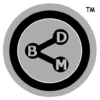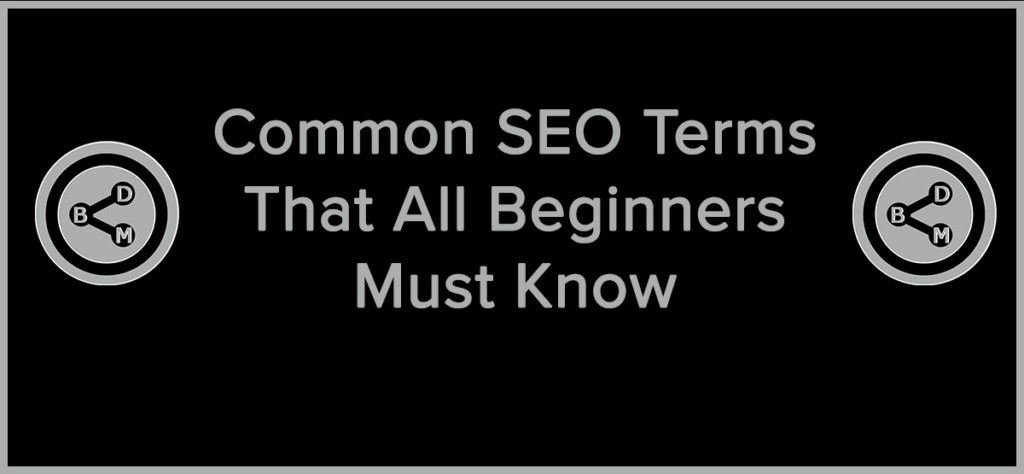SEO may seem straightforward, but it requires strategic thinking and technical knowledge of your market base. You can’t enhance your SEO without learning the difference between key SEO concepts such as backlinks and keywords. If you’re an SEO beginner, don’t fret. Use this guide on SEO terms to enhance your understanding of SEO strategies. Without understanding these key terms, you can have a hard time ranking your website on Google. So, let’s take a look at the most common ones.
Keywords
Firstly, keywords are the prime mode of SEO enhancement. Keywords are important to increase traffic both on your website and social media marketing campaigns. Short-tailed keywords usually have single or double-word phrases. Long-tailed keywords typically have four words minimum. Keyword research is a fundamental process. You should use reliable research tools such as Google, Moz, and Semrush to conduct your keyword research. All three websites are common SEO tools. For instance, Moz makes researching keywords easier, helping you explore different domains. These tools optimize your keyword suggestions. You can find Google keywords through Google Suggest. This tool assesses the high and low conversion rates of your keyword or phrase, telling you its competitiveness in the search engine.
Backlinks
Backlinks are the key in building your website domain authority. A backlink, itself, is an active link from one website to another.
Different Types of Backlinks
Not all backlinks are active. There are do-follow and no-follow links. The former has three sub-types (elaborated upon below). The latter is the worst kind of backlink in terms of SEO.
No-Follow Links
No-follow links showcase a website address but do not lead to that website. You can’t click on a no-follow link, rather, it needs to be copied and pasted it into the URL bar. These links are usually meant for visual purposes. For example, you can add your website URL to your social media cover photos. However, the URL only aids to your branding and is not useful as an SEO strategy. Do-Follow Links
Do Follow Links
Unlike no-follow links, these links do lead you somewhere. If you click on them, they’ll take you to another website. As mentioned, these backlinks have three sub-categories.
User-Generated Content (UGCs)
UGCs are simply copy-pastes of the original website address. However, the text is linked to the website. Therefore, if you click on it, it’ll lead you to the website. You can’t use UGCs on sponsored posts.
Sponsored Links
As the name suggests, these are sponsored or paid links on your website. Sponsored content must always have a specific place on your website (either on the side or top of the page). They must have a sponsor tag or else, they’ll violate Google’s webmaster guidelines. Sponsored backlinks must showcase the sponsor’s name.
Partner Tabs
Lastly, these are links that lead to other websites. Alternatively, they can lead to your client’s or partner’s websites like this one on ProjectHelpYouGrow. Partner tabs aren’t sponsored; however, they boost your SEO standing for sure. It’s more like a ‘give-and-take’ scenario with these tabs. Your clients will backlink your website on theirs and you will do the same. This multiplies traffic to your websites.
Internal and External Links
Lastly, internal and external links are essential SEO tactics to increase your domain authority score. This score explains how your website ranks in search engine result pages (SERPs). Like backlinks and keywords, internal and external links provide more visibility to your website. Internal links are hyperlinks to other content pages on your site. In contrast, external links are hyperlinks to authority websites.
Internal links are helpful as they increase engagement traffic on your website. These links are usually placed in relevant places or under calls to action. For instance, you can add your ‘Contact Us’ page as an internal link.
On the other hand, external links simply help you establish yourself as a reliable content creator. You don’t need to be affiliated with those authority websites. However, make sure they’re verified as an information resource about the topic you’re discussing.
Conclusion
To conclude, SEO enhancement is easy to achieve as long as you’re thinking strategically. From keywords to backlinks, every aspect of SEO needs careful consideration. If you’re a beginner, consider using reliable tools such as Moz and Semrush for keyword research. Don’t forget to share this article within your social circle if you found it helpful in any way.
Want help improving your SEO? Contact us at Bowman Digital Media to discuss how we can help.

